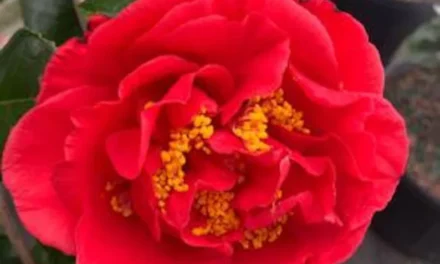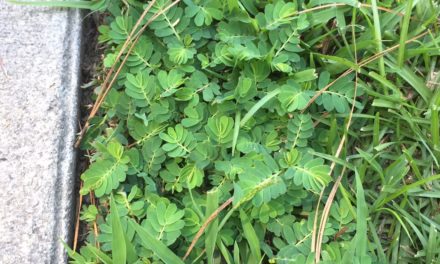Pollinators are vital to agriculture. Pollination is the transfer of pollen from the male parts of a flower to the female parts of that flower or another flower of the same species. In over 250,000 flowering species the process, which helps to insure genetic diversity, sexual reproduction and seed production, depends on agents to accomplish the transfer. Pollination increases the amount and quality of fruits and vegetables. Wind, water, insects, mammals and birds can all work as agents carrying pollen, which is also very high in protein. Some beetles and bees eat pollen, feed it to their young and help to accomplish the exchange of genetic information in many important food crops. In addition to food crops, pollinators are also important to ornamental plant species and those which make medicines, fibers, oils and fats.
Native bees are not social insects like the European honeybee and they forage for food as solitary insects. Instead of living in hives, they make nests in small holes in trees, shrubs and in the ground. Some will store pollen with eggs laid in these holes and seal them with mud so their young will have a ready source of protein. Native bees come in all shapes and sizes, from the hefty yellow-faced bumble bee to the tiny Perdita minima. Their names may suggest their appearance or occupation. Some of my favorite names are Wandering Cuckoo bee, Rusty-patched bumble bee, Southeastern blueberry bee, Blue orchard bee, and Impatient Bumble bee. There are over 3,000-4,000 species of solitary twig nesting and ground nesting solitary bees in North America. They are very efficient pollinators and are usually gentle with a mild sting or none at all.
To attract native bees, gardeners need to plant a variety of nectar and pollen rich flowers, lots of shapes, colors and sizes. Annual and perennial Salvias, black eyed Susan, and Verbenas are on all gardeners lists. One size doesn’t fit all. These will of course include native species, because many of our insects are dependent on certain species to feed them or their young. You will also need to have things that bloom from early spring to late fall. Everything alive needs water, and a source of fresh water is also a necessary thing to provide our pollinizer friends. Shallow dishes or small birdbaths are ideal, and mud puddles provide building and packing materials for little “bundles of joy.” Nesting material and small piles of leaves and branches will provide cover and overwintering sites for pollinators, so leave the leaves and don’t try to be too tidy; your mess is somebodies’ home. Lastly, but so importantly, is avoiding or reducing the indiscriminate use of pesticides. Insecticides can kill beneficial insects and herbicides may eliminate food sources and nesting places for native pollinators. I wouldn’t want to upset an Impatient Bumble bee would you?
Please come to the Native Plant Society’s Southcoast Chapter annual meeting on Saturday, May 18th at the TCL New River Campus at 10am. Topic will be Native Bees, with speaker and local beekeeper Ron Weisburg. Admission is free and open to the public. lrose@clemson.edu
Plant Lists:
Native trees and shrubs: buckeye, chokecherry, pawpaw, beautyberry, yaupon, dwarf palmetto, tulip poplar, magnolia
Perennials: milkweed, blazing star, mountain mint, goldenrod, Stokesia, blue mist flower
Annuals: dill, marigold, zinnia, aster, basil, black eyed Susan, cosmos, sunflower, salvias
References:
NRCS www.pollinator.org
“Beyond Butterflies: Gardening for Native Pollinators” CAES Publications UGA
Xerces Society for Invertebrate Conservation www.xerces.org
“Native Bees Could Fill Pollinator Hole Left by Honeybees” Robert Burns; American Honey Producers Association Magazine, Winter 2007 www.americanhoneyproducers.org
http://scnps.org/
http://www.clemson.edu/extension/hgic/








